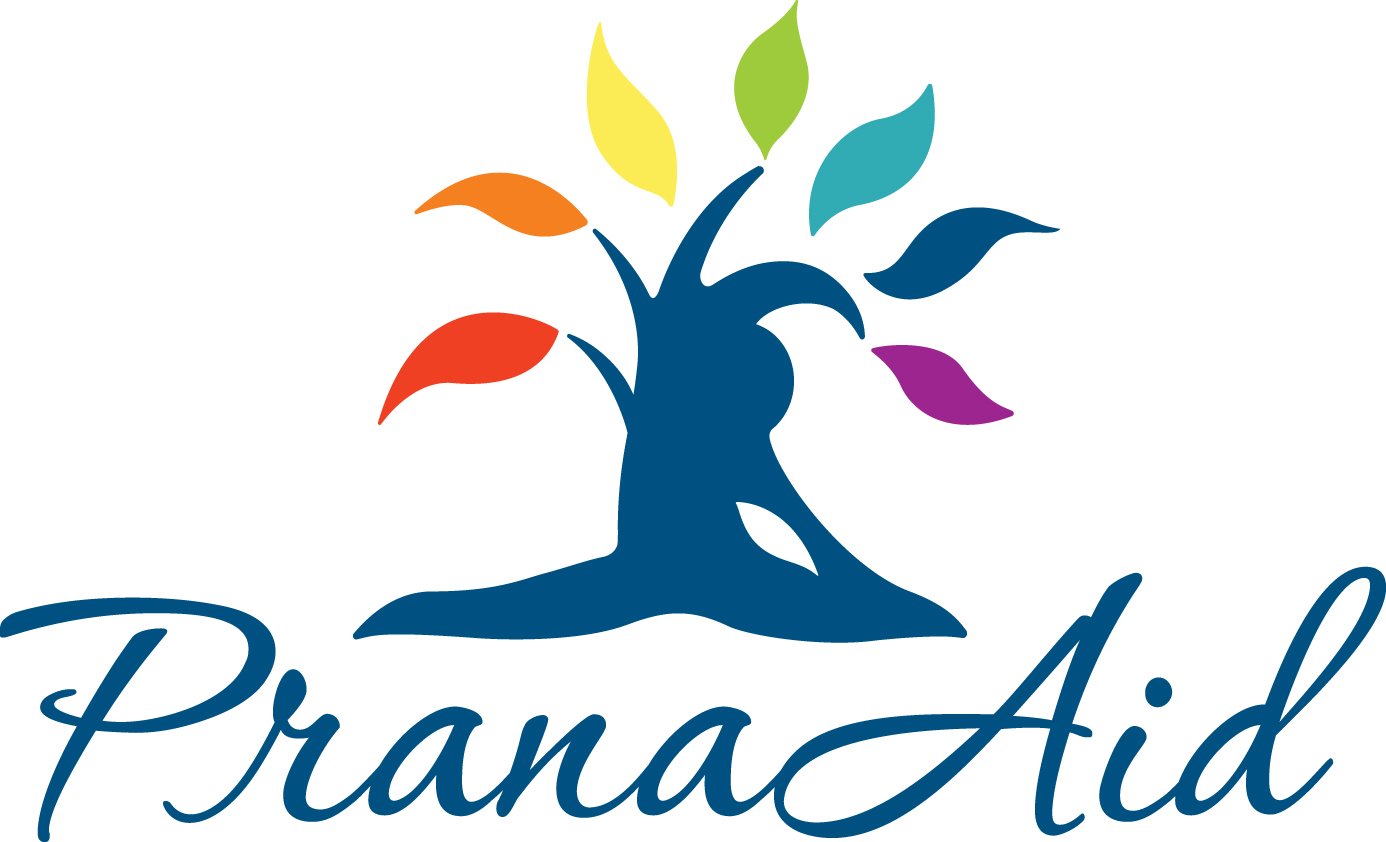Compassion Fatigue: Are you at risk? Part 1
When I was contacted by the ABVMA to write an article on compassion fatigue, I was already exploring the similarities of the signs and symptoms with other mental health conditions. As a mindfulness and yoga practitioner, I have read similar articles written by our colleagues in various magazines and have noticed crucial gaps in the information provided, of which I believe are necessary to bring to the forefront. In this article (part 1 and 2), I will explore how you can create a sustainable culture of wellbeing within yourself and your team, at work or at home.
Compassion is the ability to empathize and help relieve the pain and suffering of those around us, whether this be through financial, physical, mental, emotional, and/or spiritual means. While this is beneficial, and even necessary to function wholly as a society, we must practice compassion wisely. Thus, wisdom in this case is knowing when to let go of attachments (a desired outcome or result), or things that are harming us and others. It is also the ability to acknowledge when you have no more energy to help yourself, let alone others. Compassion and wisdom go together; you cannot have one without the other.
When experiencing compassion fatigue (CF), we reach a point where we are caring too much or, in some cases, too little. CF has two components: secondary trauma and burnout.
Burnout is associated with a continuous feeling of exhaustion from the ongoing demands of your work and workplace stresses. It is directly related to the stresses from a work environment, while compassion fatigue specifically derives from the relationship between two parties.
Post-Traumatic Stress Disorder (PTSD) is a primary trauma which results from direct exposure to the traumatic experience.
Secondary Traumatic Stress (STS) is a secondary trauma which results from indirect exposure to trauma. When we hear clients talk about what they experienced and/or we see their physical reaction to the experiences, we may also begin to feel the effects of trauma. The symptoms of primary and secondary trauma can be similar
Some of the reasons why veterinarians are prone to CF:
Direct exposure to trauma every day such as death, animal cruelty and pet owners in mourning or financial difficulty,
Frequently having to deal with ethical dilemmas; moral stress, or moral injury,
The heavy schedule and the long working hours in practice,
A veterinary career tends to be about individual talent and responsibility,
Working parents have to care for animals at work and then go home with enough empathy in their tank to fulfil their children and partner’s needs
Lack of good self-care practices,
Not having a holistic euthanasia protocol.
Recognizing the Individual and Organizational Signs and Symptoms of CF
Individual warning signs include:
Physical and mental fatigue,
Bottled-up emotions,
Overeating,
Difficulty concentrating,
Frequent complaining about life and/or work,
Feelings of hopelessness and powerlessness,
An inability to find pleasure in life,
Self-isolation and bottling up emotions,
Self-denial and poor self-care,
Insomnia and vivid nightmares,
Alcohol and drug misuse.
Organizational warning signs include:
High rate of employee absenteeism and/or excessive workers’, compensation claims,
Changes in co-workers’ relationships,
Inability of teams to work well together,
Staff members challenging or breaking company rules,
Outbreaks of aggressive behavior among staff,
Inability of staff to complete assignments and tasks, or to meet deadlines,
Lack of flexibility among staff members and/or strong reluctance to change,
Negativity toward management,
Inability of staff to believe that improvement is possible,
Lack of a vision for the future.
Organizational compassion fatigue has been defined by AVMA as “a toxic work environment that hinders efficiency and limits a practice's growth potential.”
Final Thoughts
If you work with people on an intimate level, you are exposed to their pain and deep emotions. I believe that the only way to enjoy your work for the long haul is to practice self-care first. When you fly on an airplane, you’ll hear the reminder from the flight crew to put the oxygen mask on yourself before helping others. We need to keep ourselves well and strong! We must open the conversation and bring compassion fatigue out of the shadows of ignorance and denial, and work together to find solutions.
In part 2 of this discussion we will spend more time on prevention and recovery, tools and techniques to shift from compassion fatigue to compassion satisfaction.
In order to be prepared for part 2, please take the Self-assessment quiz through the following website:
https://www.avma.org/resources-tools/wellbeing/assess-your-wellbeing
This can be used as a tool to assess your balance of positive and negative personal and work-related experiences. You can use the results as a starting point to create a self-care plan and pinpoint areas to incorporate health and wellbeing improvements into your life.
References:
https://www.youtube.com/watch?v=k4SrMwrc2hI
Tibetan Bon Buddhism, written by Geshe Yongdong Losar, Page 30, Published 2020
